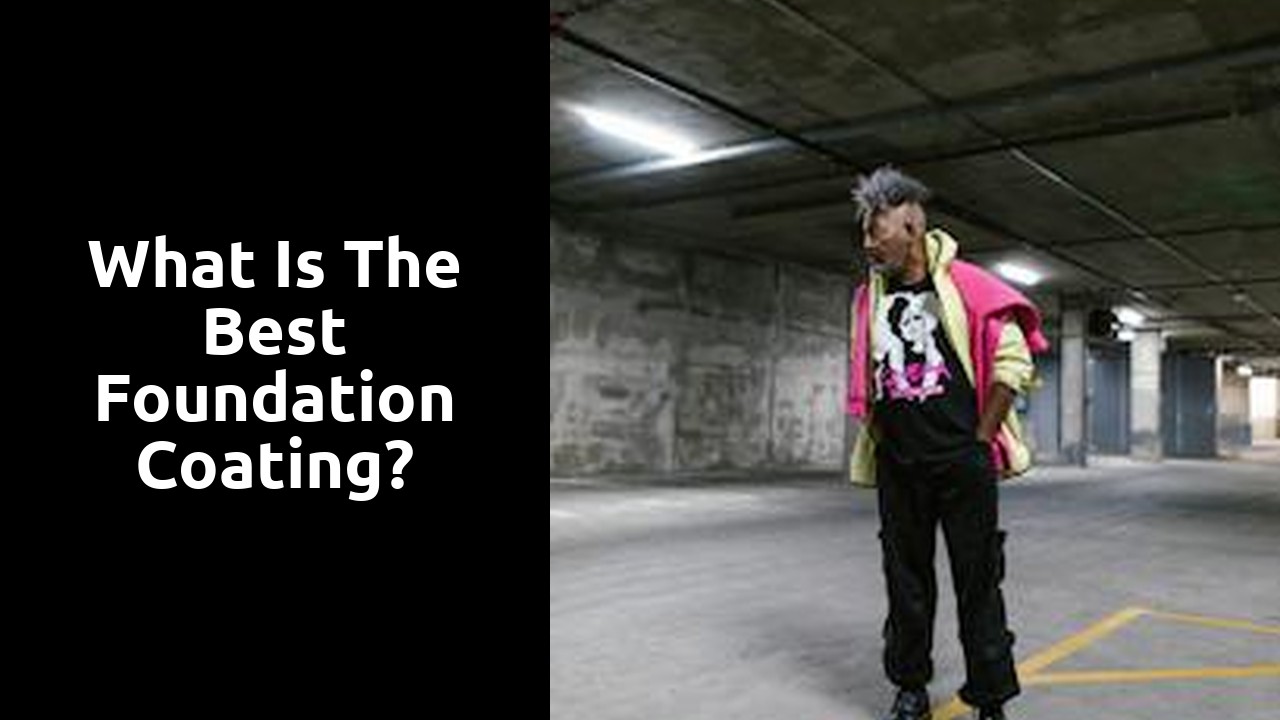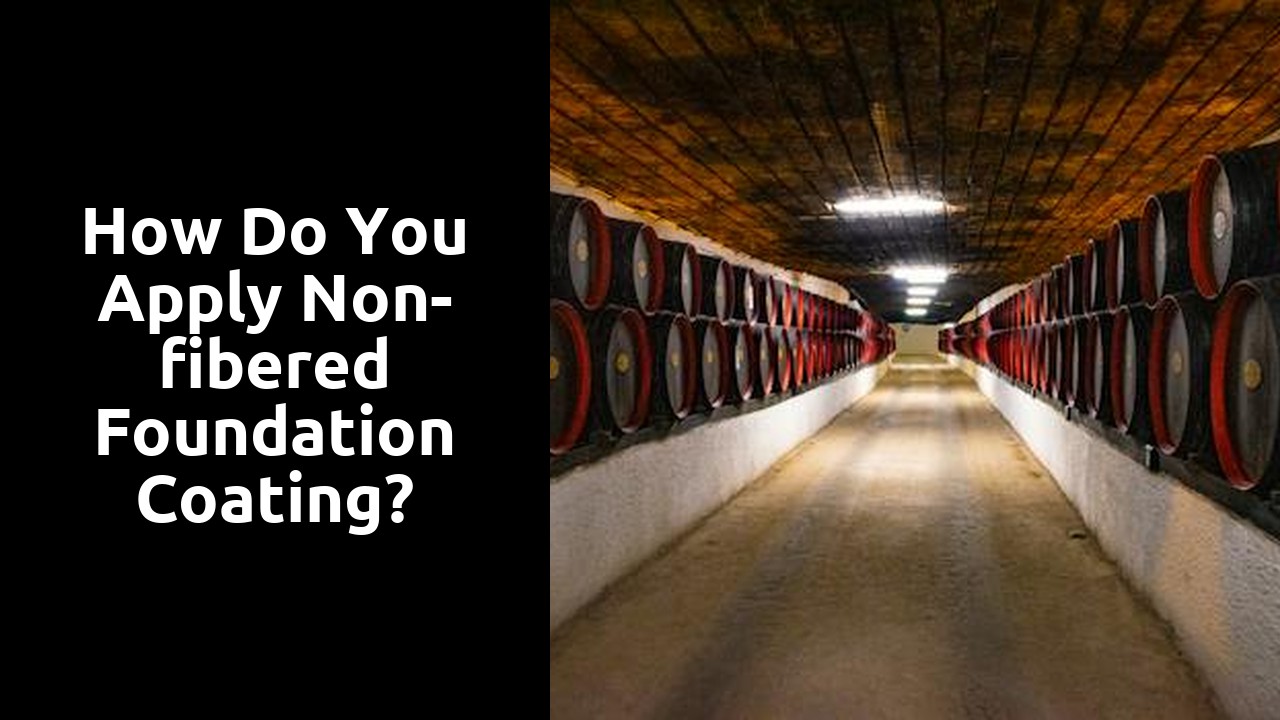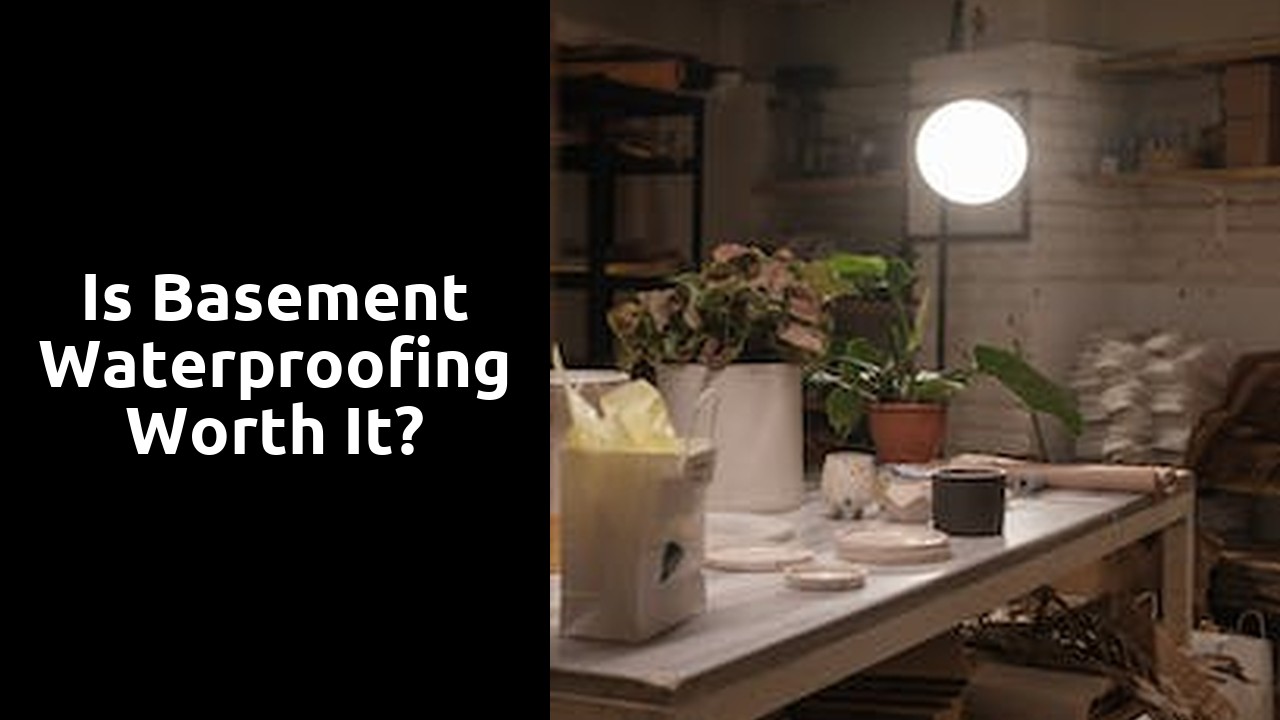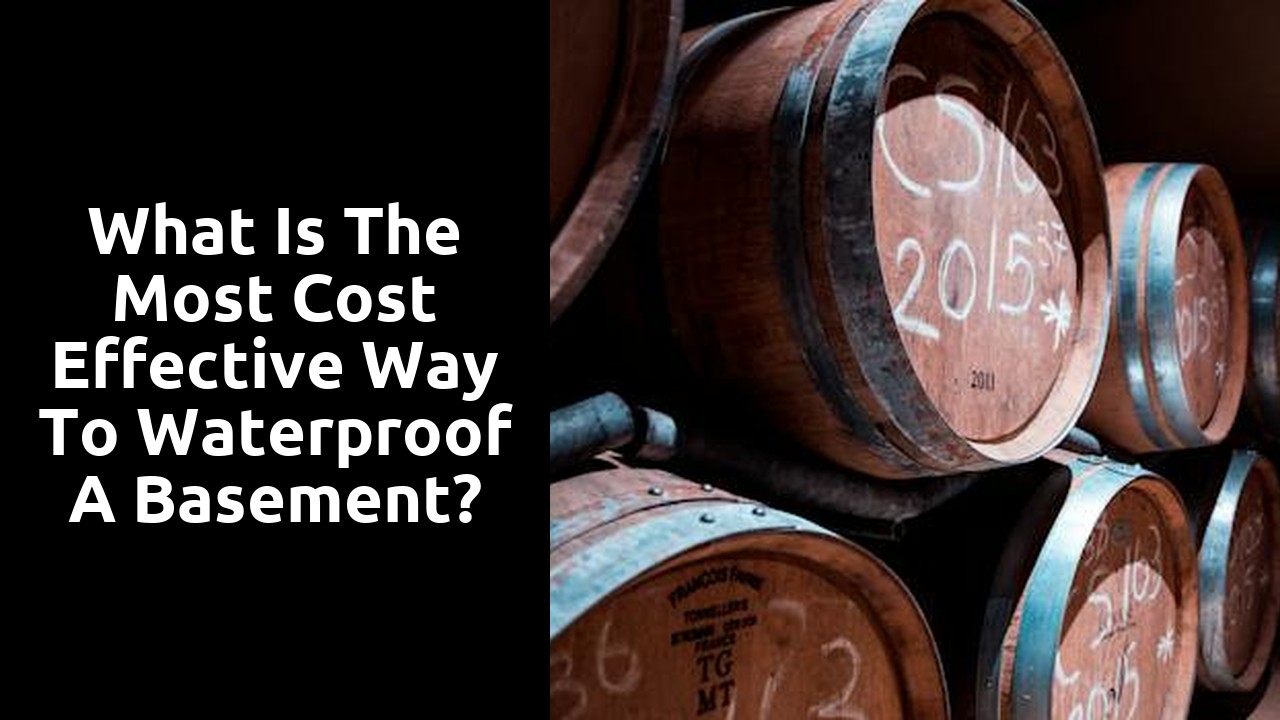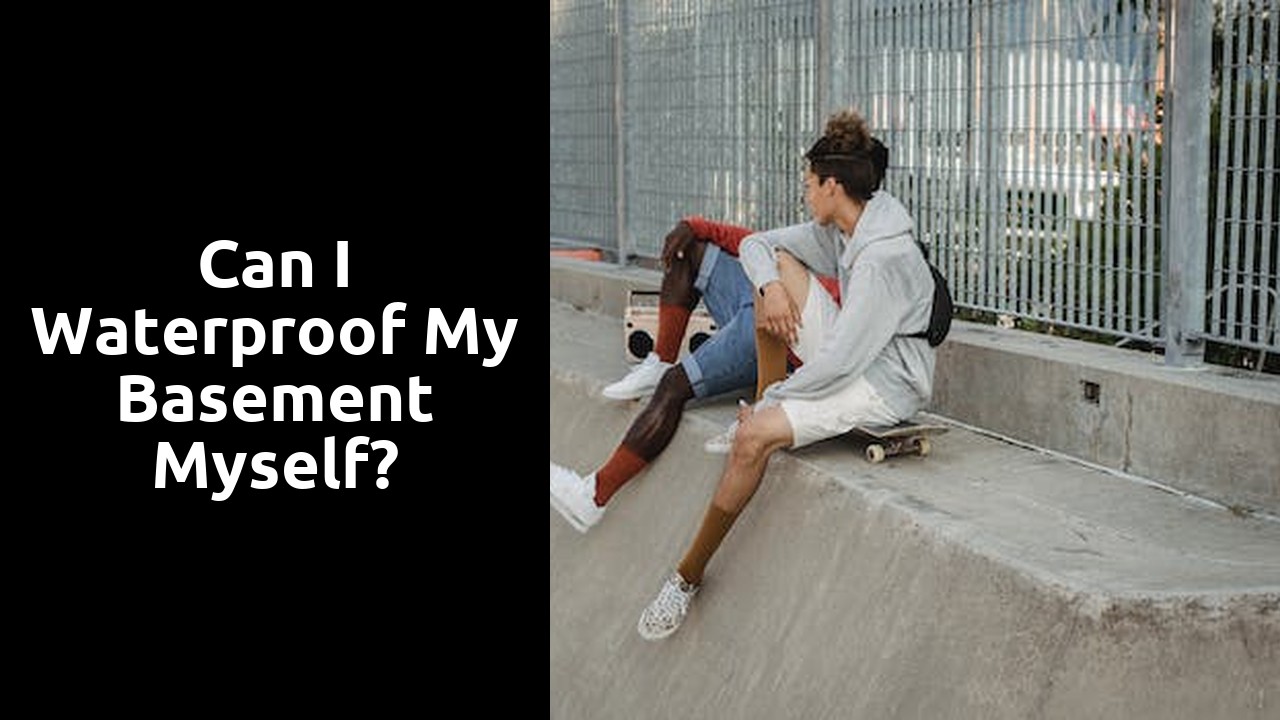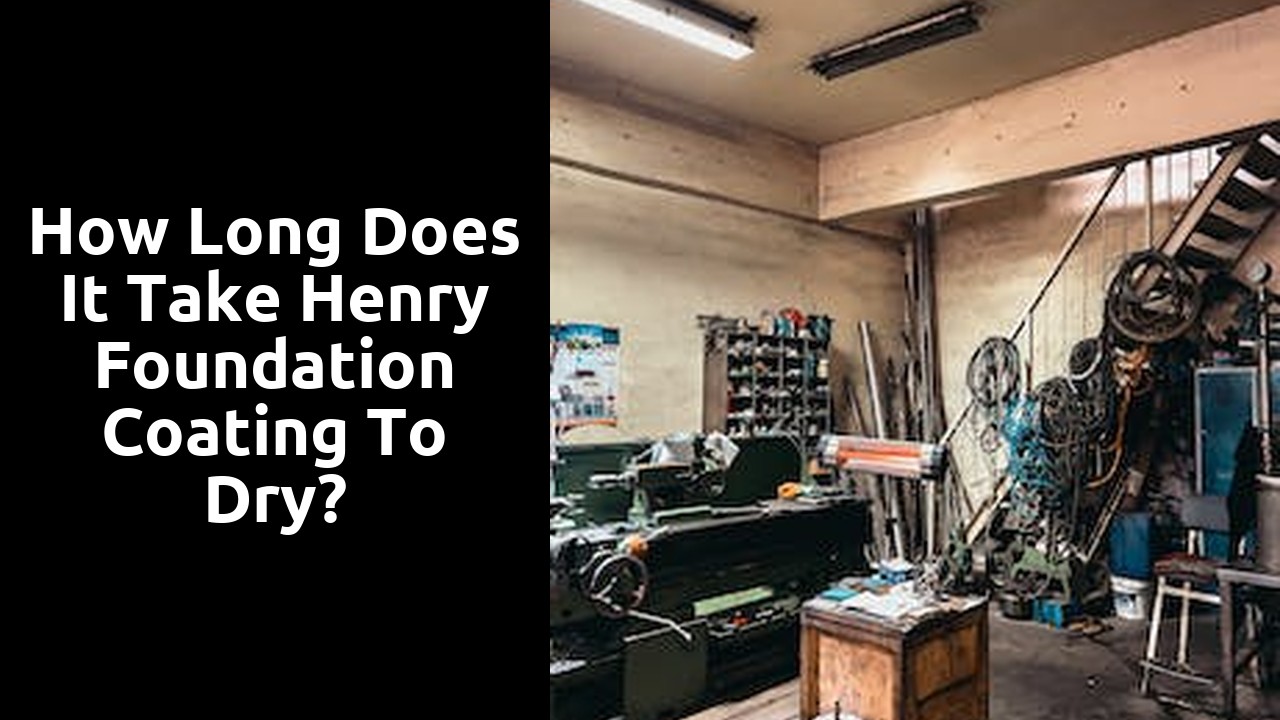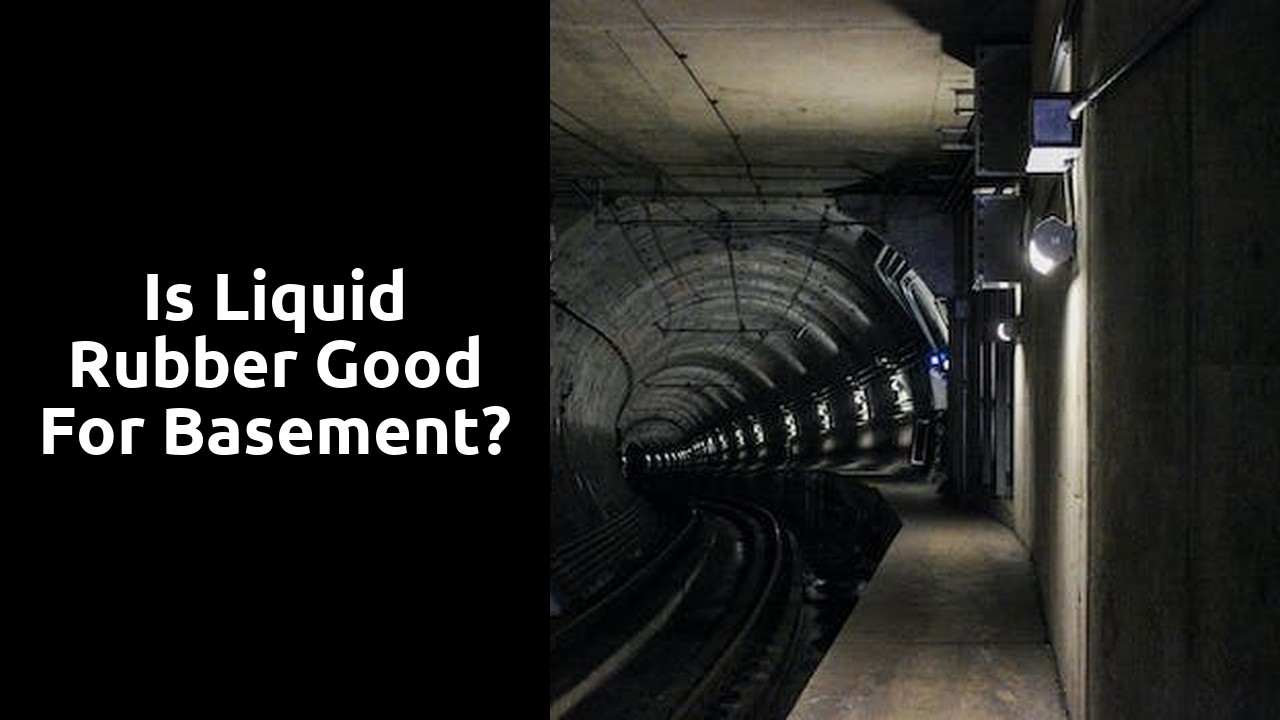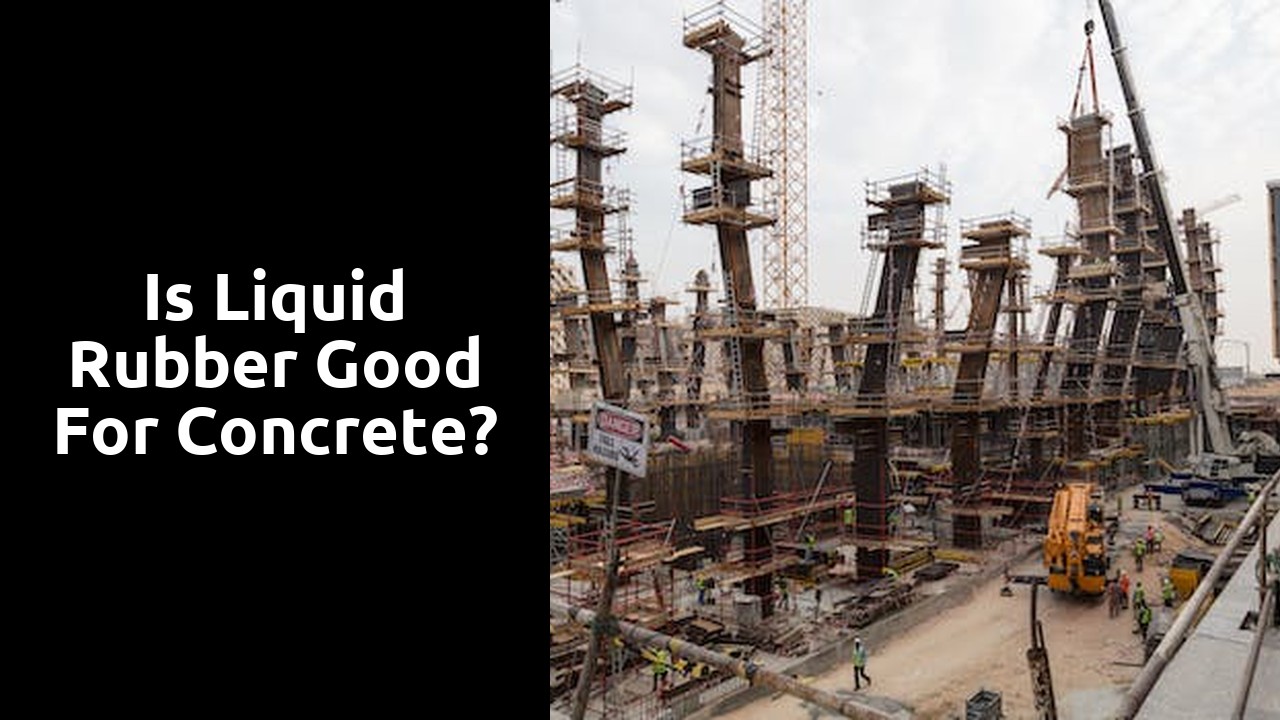Uncovering the Perfect Foundation Coating: A Comprehensive Guide
Choosing the perfect foundation coating for your construction project can be a daunting task. With so many options available in the market, it’s important to take a comprehensive approach to ensure you make the right choice. When uncovering the perfect foundation coating, there are several key factors to consider.
Firstly, it’s crucial to assess the specific needs of your project. Factors such as the type of structure, climate conditions, and the soil composition of the construction site should all be taken into account. This will help you determine whether a waterproof foundation coating is necessary, or if a more traditional option will suffice. Additionally, considering the long-term goals of your project can help you select a coating that is both durable and able to withstand future changes. Keeping these factors in mind will ensure that you choose a foundation coating that is perfectly suited to your project needs.
The Art of Choosing the Right Foundation Coating: A StepbyStep Analysis
Choosing the right foundation coating for your project can be a daunting task, but with a step-by-step analysis, you can make an informed decision. The first step is to assess the condition of your surface. Is it new or already painted? Is it smooth or rough? These factors will help determine the type of foundation coating that will best suit your needs. Additionally, consider the climate and environmental factors that your project will be exposed to. Is it a high moisture area or prone to extreme temperature changes? These considerations will help narrow down the options and ensure that your foundation coating will provide optimal protection and longevity.
Next, it’s important to evaluate the desired outcome of your project. Are you looking for a smooth and flawless finish, or do you prefer a textured look? Different foundation coatings offer varying levels of coverage and aesthetic results, so it’s crucial to consider your preferences and the overall design of your project. Additionally, take into account the level of maintenance and durability you require. Some foundation coatings may require more frequent touch-ups or may be more susceptible to wear and tear. By carefully considering these factors, you can confidently choose the right foundation coating that will meet both your practical and aesthetic needs.
Mastering the Science Behind Foundation Coatings: Key Factors to Consider
When it comes to mastering the science behind foundation coatings, there are several key factors to consider. Firstly, the type of foundation coating you choose will greatly impact the overall performance and durability of the coating. There are various types of foundation coatings available in the market, each with its own unique properties and application methods. It is important to carefully evaluate the specific requirements of your project and select a foundation coating that aligns with those needs. Additionally, it is crucial to consider the climate and environmental conditions in which the coating will be applied. Factors such as temperature, humidity, and exposure to UV radiation can significantly affect the performance and longevity of the coating, so it is essential to choose a coating that is compatible with the environmental conditions of your project site.
Another key factor to consider when mastering the science behind foundation coatings is the proper preparation and application techniques. Before applying the coating, it is important to ensure that the substrate is clean, dry, and free from any contaminants that may hinder the adhesion of the coating. Proper surface preparation techniques, such as sanding, cleaning, and priming, should be employed to ensure optimal adhesion and performance of the coating. Furthermore, following the manufacturer’s recommended application guidelines and techniques is crucial to achieve the desired results. Factors such as the thickness of the coating, the number of coats applied, and the method of application all play a role in the effectiveness and durability of the coating. By considering these key factors and implementing proper preparation and application techniques, one can truly master the science behind foundation coatings.
Achieving Flawless Results: Exploring the World of Foundation Coatings
Achieving flawless results when it comes to foundation coatings is the ultimate goal for every homeowner or contractor. With the wide range of options available in the market, choosing the right foundation coating can be a daunting task. However, understanding the different types of foundation coatings and their unique properties is essential in ensuring a professional finish.
One important factor to consider when exploring the world of foundation coatings is the type of surface that needs to be coated. Different surfaces require different types of coatings, such as concrete, wood, or metal. Each type of coating has its own set of characteristics and benefits, so it is crucial to select the appropriate one for your specific project. Additionally, the condition of the surface plays a crucial role in determining the suitable foundation coating. Is the surface new or has it been previously coated? Is it smooth or rough? These factors can affect the adhesion and performance of the coating, so they must be considered carefully.
From Basic to Brilliant: Understanding the Different Types of Foundation Coatings
When it comes to foundation coatings, there is a plethora of options available on the market. Understanding the different types of foundation coatings is crucial in order to make an informed decision and achieve a flawless finish. From basic to brilliant, these coatings come in various formulas and textures, each designed to cater to specific needs and preferences.
One of the most common types of foundation coatings is the liquid foundation. This versatile option provides a smooth and buildable coverage, making it suitable for both everyday wear and special occasions. It is available in a wide range of shades and finishes, allowing individuals to find the perfect match for their skin type and tone. Another popular choice is the powder foundation, which is renowned for its lightweight and natural-looking finish. Perfect for those with oily skin, this type of foundation helps control shine and provides a matte appearance.
The Ultimate Foundation Coating Handbook: Tips and Tricks for a Professional Finish
Choosing the right foundation coating can make all the difference when it comes to achieving a professional finish. With so many options available in the market, it can be overwhelming to find the perfect one for your specific needs. However, by understanding some tips and tricks, you can navigate through the world of foundation coatings with ease.
One important factor to consider is the type of finish you desire. Whether you prefer a matte, dewy, or natural finish, there are foundation coatings designed to cater to each preference. Additionally, it is crucial to match the foundation coating to your skin type. If you have oily or combination skin, opt for oil-free or mattifying formulas. On the other hand, those with dry skin should look for hydrating or moisturizing foundation coatings. By selecting the right finish and formula, you can ensure a flawless and long-lasting result.
FAQS
What is a foundation coating?
A foundation coating is a protective layer applied to the exterior of a building’s foundation to prevent moisture infiltration and damage.
Why is a foundation coating important?
Foundation coatings help to waterproof and protect the foundation from water damage, which can lead to costly repairs and structural issues over time.
What factors should I consider when choosing a foundation coating?
When selecting a foundation coating, it is important to consider factors such as the climate in your area, the condition of the foundation, the desired durability and lifespan, and the specific type of coating that best suits your needs.
What types of foundation coatings are available?
There are various types of foundation coatings available, including asphalt-based coatings, polymer-based coatings, cementitious coatings, and liquid rubber coatings. Each type has its own advantages and suitability for different situations.
Which type of foundation coating is the best?
The best foundation coating depends on several factors, such as the specific requirements of your foundation, the climate in your area, and your budget. It is recommended to consult with a professional to determine the most suitable coating for your specific needs.
How long does a foundation coating last?
The lifespan of a foundation coating can vary depending on factors such as the type of coating, the application method, and the environmental conditions. Generally, a well-applied foundation coating can last anywhere from 5 to 15 years.
Can I apply a foundation coating myself, or should I hire a professional?
While it is possible to apply a foundation coating yourself, it is typically recommended to hire a professional for the best results. Professional contractors have the expertise and equipment to ensure proper application and maximize the effectiveness of the coating.
Are there any maintenance requirements for a foundation coating?
Regular maintenance is important to ensure the longevity and effectiveness of a foundation coating. This may include inspecting for any cracks or damage, cleaning the surface, and reapplying a new coating if necessary.
How much does a foundation coating typically cost?
The cost of a foundation coating can vary depending on factors such as the type of coating, the size of the foundation, and the complexity of the project. It is advisable to obtain quotes from multiple contractors to get an accurate estimate for your specific needs.
Can a foundation coating be applied to an existing foundation?
Yes, a foundation coating can be applied to an existing foundation. However, it is important to properly prepare the surface and address any existing issues before applying the coating to ensure optimal results.
Related Links
How long does it take Henry foundation coating to dry?
How do you apply non-fibered foundation coating?
